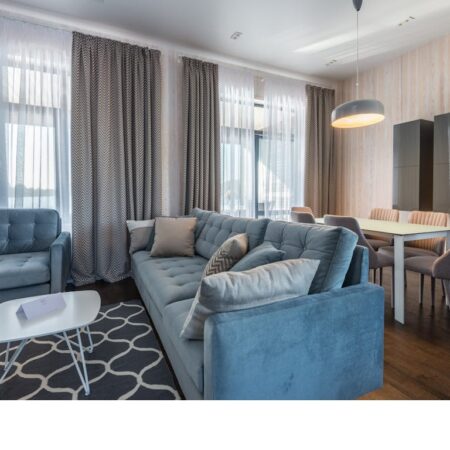Hearing loss can significantly impact an individual’s quality of life, but finding the ideal hearing aid can be a daunting task. In this comprehensive guide, readers will gain the necessary insights to make informed decisions when selecting a hearing aid that best suits their needs.
Understanding Different Types of Hearing Aids
There exists a diverse array of hearing aids, each with its own unique features and advantages:
Behind-The-Ear (BTE):
Positioned discreetly behind the ear, BTE hearing aids are connected to custom-fitted earpieces, making them suitable for individuals with mild to profound hearing loss.
In-The-Ear (ITE):
These hearing aids are entirely contained within the outer ear and are custom-made to fit the contours of the individual’s ear canal. ITE hearing aids are great for individuals with mild to severe hearing loss.
Receiver-In-Canal (RIC):
RIC hearing aids, similar in appearance to BTE aids, feature a diminutive speaker nestled within the ear canal. They are designed for individuals with mild to moderate hearing loss.
In-The-Canal (ITC) and Completely-In-The-Canal (CIC): ITC and CIC hearing aids are smaller in size and sit partially or entirely within the ear canal. These discreet aids are less visible and cater to people with mild to moderate auditory loss.
Lifestyle and Hearing Needs
When making a hearing aid selection, it is essential to factor in one’s lifestyle and specific hearing challenges:
Active Lifestyle:
Those leading an active life or engaging in outdoor activities should consider hearing aids with water and dust resistance or noise reduction features that combat wind interference.
Connectivity:
Modern hearing aids often offer seamless connectivity to smartphones, televisions, and various devices via Bluetooth technology. This feature allows for convenient adjustments and direct audio streaming to the hearing aids.
Background Noise Reduction:
For individuals frequently exposed to noisy environments, seeking hearing aids equipped with background noise reduction technology is advisable. This technology enhances speech clarity in challenging listening scenarios.
Consult with An Audiologist
To ensure a perfect fit and optimal hearing aid performance, consulting with an experienced audiologist is crucial. Audiologists will assess hearing levels, discuss lifestyle requirements, and recommend the most suitable hearing aid options. They will also take ear impressions to guarantee comfortable and secure fits, as well as customize the hearing aid settings to address specific hearing needs. Furthermore, audiologists provide ongoing support and adjustments when necessary.
Consider Cost and Insurance Coverage
Hearing aid costs can vary considerably, necessitating a clear budget before exploring options. Individuals should also investigate insurance coverage, as some policies include hearing aids or offer supplementary coverage for them. Additionally, it is advisable to inquire about warranties and potential repair costs beyond the warranty period. A thorough examination of long-term upkeep and maintenance expenses should inform the final decision.




